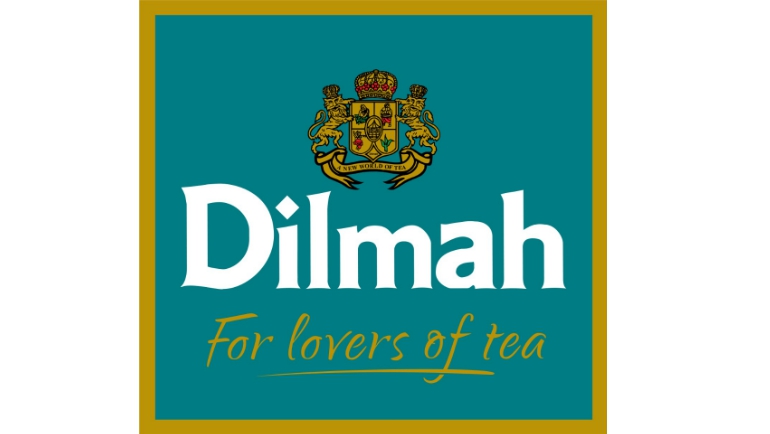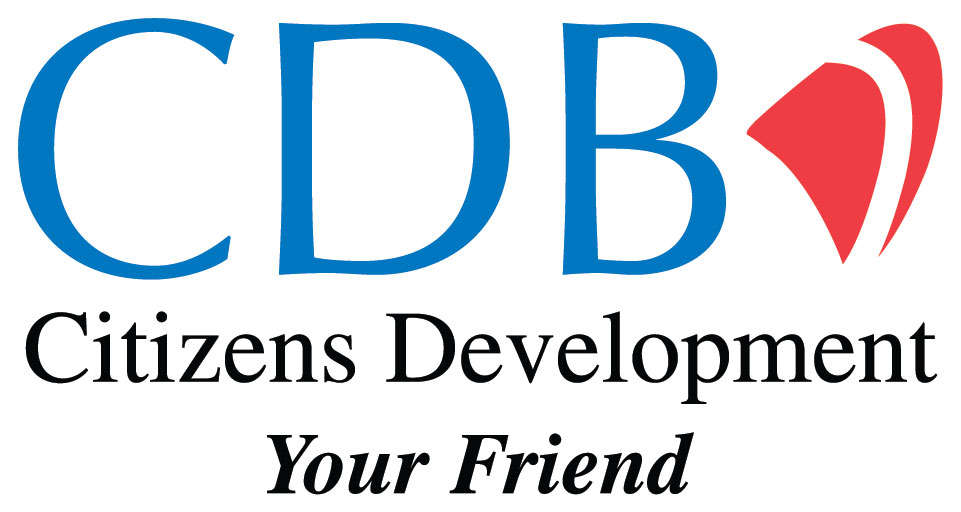The Life Kanneliya
Establishing the biodiversity baseline in a 12 hectare block of degraded land, in the Kanneliya Conservation Forest, which has been cleared for cultivation and subsequently abandoned resulting in the colonization by the pioneer fern species Dicranopteris linearis (Kekeilla).
About
The Life
In collaboration with the Forest Department, IUCN Sri Lanka, and selected private sector partners, Biodiversity Sri Lanka has undertaken a pilot project with the aim of establishing a biodiversity baseline within a 12-hectare degraded land parcel situated within the Kanneliya Conservation Forest. Once a vibrant rainforest ecosystem, this area has experienced clearance for agricultural purposes and subsequent abandonment, leading to the colonization of the pioneer fern species Dicranopteris linearis (Kekeilla).
Surrounded by Wet Lowland Rainforest, the project’s primary objective is the restoration of this highly degraded rainforest using principles grounded in restoration ecology. The overarching goal is to elevate its ecological functions, enhance habitat quality, bolster species diversity, and reinstate its capacity to provide biodiversity and ecosystem services akin to its original state prior to conversion.
A pivotal facet of this initiative involves the creation of a biodiversity credit accrual system for Sri Lanka. This system assigns a quantifiable value to augmented biodiversity and ecosystem services. Insights garnered from the ongoing project will be harnessed to establish this mechanism in alignment with internationally recognized requirements and benchmarks. Collaboration with local and global experts will guide this endeavor. Ultimately, the project seeks to contribute to the development of sustainable policies and tools for the utilization of accrued credits, with active engagement from national agencies.
The inaugural phase of the project, encompassing a comprehensive baseline biodiversity survey, has been successfully executed by IUCN. However, it is noteworthy that in comparison to the contiguous forest, the surveyed site demonstrates a notably diminished species diversity, with fewer instances of endemic species and an absence of documented threatened species.
Project
Imapct
Project initiated in
February 2017
12 heactare
100+ threatened
species actively conserved
18,000+ species
were planted
11
partner organizations
Partners of the First Stage



Restoration
Programme
The restoration program will take place over a period of five years, carried out in three phases.
Phase 1 (the first two years) will focus on site preparation, establishment of nurseries, updating species inventories in the restoration and reference sites and setting up a long term monitoring programme with planting of more robust native species.
Phase 2 will focus on increasing the diversity of the site by planting more native species once the ground conditions of the site are made more conducive for receiving sensitive species.
The entire programme will be monitored carefully using standard protocol which will focus on physical progress in respect to established milestones, achievement of restoration goals with changes in species diversity and composition in the restored area towards the conditions that exist in the reference site and measurable changes in ecosystem services such as improvement in soil and water quality and quantity within the restoration site.
Phase 3 of the project will encompass the establishment of a sustained, long-term monitoring initiative. This phase will involve the strategic introduction of resilient native species through planting activities, further enriching the diversity of the site. Moreover, a pivotal component of Phase 3 entails conducting periodic assessments of biodiversity on an annual basis.
Creating a Biodiversity
Credit Accrual System for Sri Lanka
In parallel, creating a biodiversity credit system for Sri Lanka will commence, notably, to design, test and finalize a credit system that is feasible yet credible in view of the stakeholders both at home and abroad. More specifically this will involve:
- Scoping out the broad parameters, attributes and focus of a potential biodiversity credit scheme for Sri Lanka, clarifying the purpose of the credit scheme itself and the expectation in terms of the benefit to the society and members of Biodiversity Sri Lanka.
2. Designing, institutionalizing, testing and finalizing a robust, credible biodiversity credit scheme for Sri Lanka that is tailored to and is feasible for implementation under Sri Lankan conditions;
3. Establishing international cooperation with one or more well reputed organizations to lend professional support and recognition for the Biodiversity Credit System for Sri Lanka on a recurrent basis.
Partners of the Second Stage










Project Progress
Phase I
Site preparation, establishment of nurseries, updating species inventories in the restoration and reference sites and setting up a long term monitoring programme with planting of more robust native species
Phase II
Increasing the diversity of the site by planting more native species once the ground conditions of the site are made more conducive for receiving sensitive species.
The entire programme will be monitored carefully using standard protocol that focuses on physical progress with respect to established milestones, achievement of restoration goals with changes in species diversity and composition in the restored area towards the conditions that exist in the reference site and measurable changes in ecosystem services such as the improvement in soil and water quality and quantity within the restoration site.
In parallel to the project, the creation of a Biodiversity Credit Accrual System for Sri Lanka will commence, to design, test and finalize a credit system that is feasible and credible in view of the stakeholders both at home and abroad.
Phase III
Establishing a comprehensive, extended monitoring initiative involving the introduction of hardier indigenous species, enhancing site diversity through the incorporation of additional native varieties, and conducting regular annual evaluations of biodiversity.





